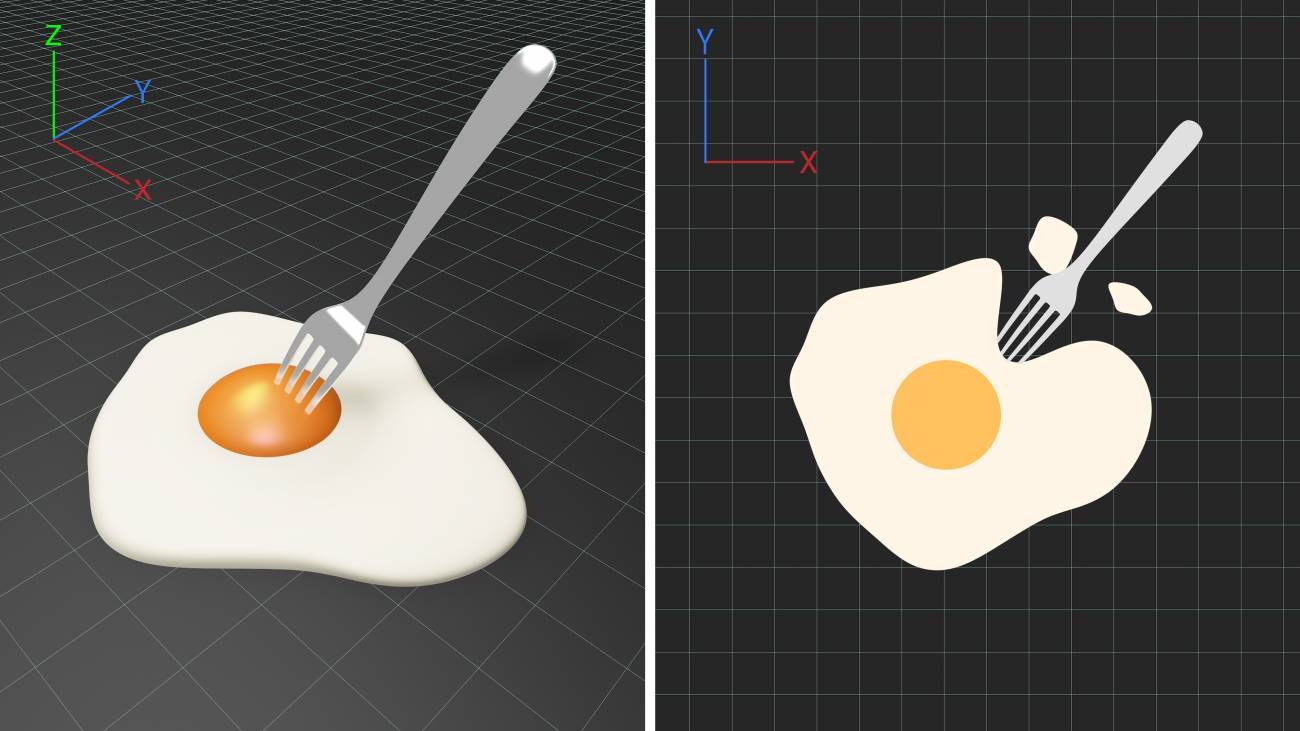
Three-dimensional thinking using the body
The body is stationary in school
At school, students must take tests alone while sitting quietly. As symbolized by this example, knowledge entails using the brain whilst keeping the body stationary, and limiting the amount of information. If the problem is “1+1=,” the amount of information is several bytes. What we call “knowledge” that is taught in school, discards the body: it is acquired through language and mathematics, and in terms of information volume, the amount is extremely small. However, if we take a quick look around ourselves, it is clear that the world comprises an immense amount of information.
The ability to engage with people and the world
There are a variety of social skills, such as sociability, leadership, and communication, that all refer to the ability to engage with people and the world. These abilities require extreme cerebral activity to process an enormous amount of spatial information that is constantly changing, as well as the expressions and attitudes of people. This is a set of intellectual activities that is very different from the intelligence used with the body fixed in place, processing small amounts of information, as is the case with studying in school.
Humans understand the world with their bodies and think with their bodies
Creating and telling stories that move people emotionally is not a skill that can be achieved only through repetitive training in writing compositions. Stories are spun from the experiences that are cultivated while exploring the world with our bodies.
Humans understand the world with their bodies and think with their bodies.
The body is a massive information network
In actuality, in addition to the brain instructing the body, it becomes clear that the body is a massive information network in which various organs and cells are performing dynamic exchanges of information. For example, we are beginning to understand that the muscles and bones that move the body are developing the hippocampus (the part of the brain related to memory and spatial awareness) and instructing the hippocampus to form memories.
Spatial awareness is just as important as linguistic and mathematical abilities
In recent years, it is being said that spatial awareness, which is the ability to understand the spatial relations between objects and store them in memory, is just as important as linguistic and mathematical abilities. Spatial awareness is thought to play an important role in creativity and innovation.
Furthermore, we are beginning to understand that the hippocampus, which is related to spatial awareness, develops through the body exploring and walking around varied and complex spaces. In an experiment with mice, the hippocampi of mice who explored varied and complex spaces had 40,000 times as many nerve cells as those of the mice who did not, the volume of the hippocampi increased by 15%, and they had greater spatial awareness. However, children in the modern age are not able to play freely outside. According to one study, the time that children in the United States play freely outside decreased by 25% between 1981 and 1997.*
*Science Magazine Nautilus For Kids, Learning Is Moving
Three-dimensional and higher-dimensional thinking
Spatial awareness does not only involve space. It is thought that spatial awareness leads to the ability to capture the world three-dimensionally and think of things three-dimensionally. We call this three-dimensional thinking, and higher-dimensional thinking refers to thinking on an even higher dimension.
An egg yolk can be extracted from the egg without breaking the shell

We tend to believe that we cannot extract the yolk without cracking the egg. That is because we are thinking in three dimensions. However, if we think in four dimensions, the yolk can be extracted without cracking the egg. We cannot imagine this, as we live in three-dimensional space.
As this is difficult, we should now think of the egg as a flat fried egg, a two-dimensional object. In the three-dimensional world that we inhabit, we can extract the yolk of the fried egg from above, so we can easily extract the yolk without breaking the egg white. However, in a flat, two-dimensional world, we would exist on the same flat plane as the white egg. Therefore, as we would need to pass the same plane as the fried egg to extract the yolk, and we would need to break the egg white to extract the yolk.

As demonstrated, thinking two-dimensionally and thinking three-dimensionally are literally on different levels. Being on different levels means that how things are seen and thought of, along with methods of resolution, are completely different.
Cities are surrounded by flat planes, and paper, books, TVs and smartphones are also flat planes
In nature, such as in forests and mountains, there are no flat planes, and the landscape is complex and three-dimensional. Humans were aware of three-dimensional spaces with their bodies. However, in the city, there are only flat planes. Furthermore, paper, books, TVs, and smartphones are also flat planes. Without realizing it, we are abandoning our bodies and becoming aware of the world two-dimensionally with our minds only. If we are aware of the world two-dimensionally, our thoughts become two-dimensional. For example, if the company that you work for has a diagram called an organization chart, your organization is two-dimensional, and therefore obviously, two-dimensional thinking is prevalent in your organization.
Three-dimensional and higher-dimensional thinking using the body
Humans understand the world and think with their bodies. While exploring a complex, three-dimensional world with their bodies, humans understand the world three-dimensionally, and their thoughts become three-dimensional. The teamLab Athletics Forest project was started to encourage enhancement of three-dimensional and higher-dimensional thinking through the body.